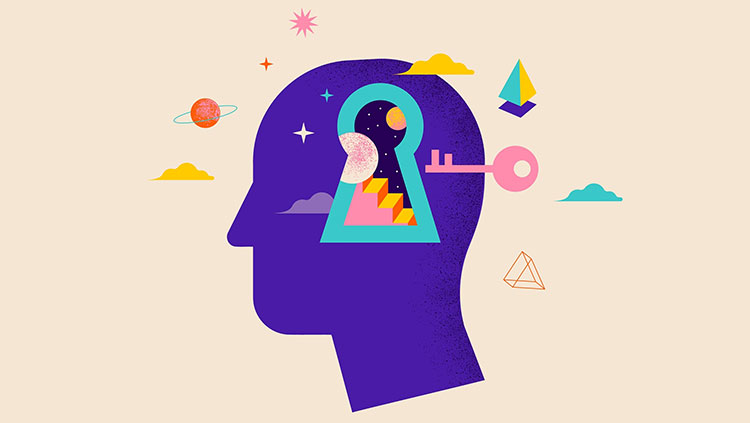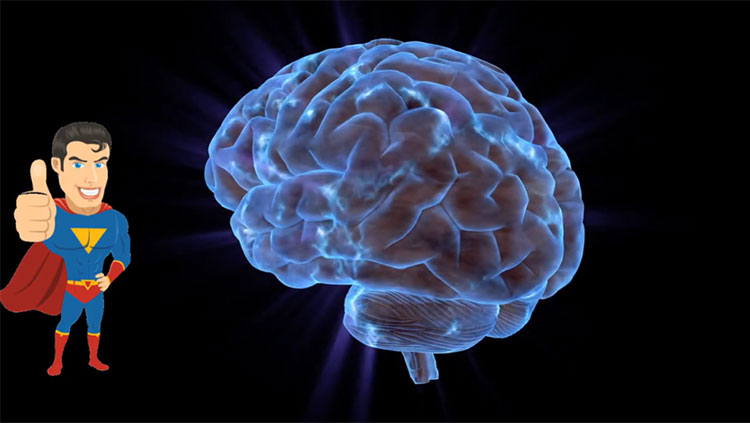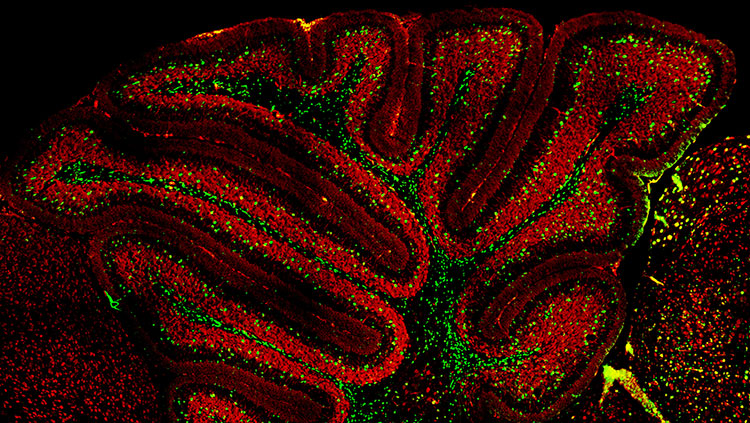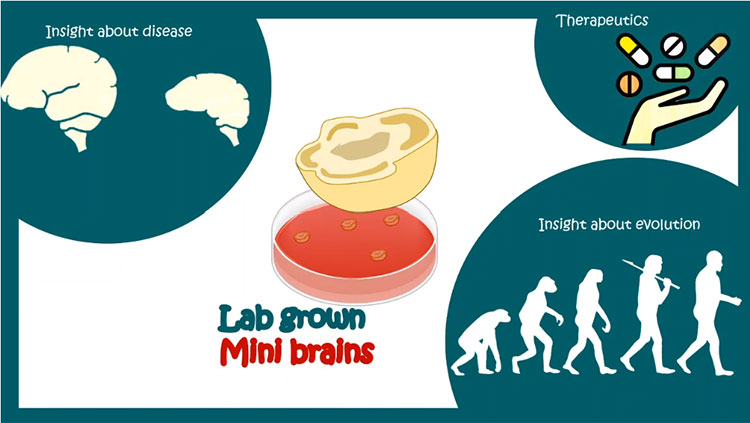Where Do Brains Come From? Part II: Everything is Awesome!
- Published7 Jul 2014
- Author Dwayne Godwin
Stories about evolution are compelling because they fit with our very human need for a linear narrative, but evolution possesses distinctive non-linearities driven by its agent, natural selection.
In the Lego Movie1, a rather nondescript character named Emmet receives a prophecy that he will save the Lego universe from a tyrant named Lord Business. (Warning: major spoilers follow). The setup is interesting: a series of so-called “Master Builders” who are clearly adept at Lego construction are largely clueless about how to deal with Lord Business. It’s only Emmet’s uninspired, unimaginative designs that give the heroes an edge – the very fact that Emmet is unexceptional makes him just what the situation calls for. I don’t think the makers of the Lego Movie were thinking about evolution in crafting this tale, but I couldn’t help thinking how certain twists in the story served as a metaphor for what we expect from evolutionary processes, and how we sometimes erroneously view the human brain as a crowning achievement of evolution, our own “Master Builder”. This essay pushes back against that idea, just a little.
One of the first encounters many of us had with evolution is a version of a rather famous 1965 infographic by natural history painter Rudolph Zallinger. Called, “The March of Progress”, it sketched out much about what we knew of human lineage at the time (note that even this is usually abbreviated.Typically, we see the “folded” version of the graphic which leaves out a bunch of our cousins). It's a compelling and extremely effective infographic as evidenced by its staying power and numerous parodies. Taken literally, one might conclude that human evolution was a progressive refinement of ape-like traits into modern human features. But that conclusion would be as wrong as concluding from the illustration that there were no women in our human lineage, just hairy guys.
Natural selection seems to be a terrible tinkerer, trying on many solutions to the various problems offered by this planet in order to select adaptive genetic information to pass on. It’s likely that many, perhaps most, of the solutions either failed, or were successful for a time but were lost. If evolution were described as a tree (the metaphor favored by most scientists because it is supported by the most evidence), its story might be best told by scurrying along the trunk, with different branch points leading to related, but distant cousins who live out at the tips of the finest branches. This tree-like aspect explains why we have cousins at all.
It’s sometimes asserted by its opponents that evolution holds that we "evolved from apes" (meaning, current members of the great apes) – and in the same breath it may be asked, “if this is true then why do we still see chimps and gorillas?” Darwin himself foreshadowed this argument in “The Origin of Species”:
“But it may be objected, that if all organic beings thus tend to rise in the scale, how is it that throughout the world a multitude of the lowest forms still exist, and how is it that in each great class some forms are far more highly-developed than others? Why have not the more highly-developed form everywhere supplanted and exterminated the lower?”[Ch.IV, p.199].
In our case, the evidence suggests that we evolved from a common ape-like ancestor, a primate (that is in fact extinct). The reason chimps and other primates exist is that we didn’t come from them in a direct line – they themselves have continued to evolve from that common extinct ancestor (and, by the way, so far we haven’t killed off our ape cousins, though they are certainly at risk). In other words, you can still have cousins even though your great great grandmother is long gone.
Similarly, it wouldn’t be correct to strictly assert that we evolved in a direct line from bacteria. What we do know is that bacteria, jellies, and other creatures appear to have provided many of the components used in modern human brains (see Part I.). Just as evolution has carried forward aspects of our morphology from earlier life forms, so observable in our gross anatomy – things like our hands, eyes and jaws – it has also brought forward with equal importance (if not prominence) the tiny molecular machines the brain depends upon to perform its most basic functions, including not only those important for the brain’s electrical signaling functions but also those responsible for its development. The debate will rage on which of these are on a direct path, and which were experiments along the way that failed or took another turn.
Nearly a third of Americans still reject evolution despite the abundant evidence for it in the fossil record and in the very molecules within our bodies. But even those who accept evolution can sometimes misunderstand its meandering stream, with its many branch points and tributaries, as an assembly line that is destined to build a crowning achievement – a human brain. And while it’s tempting and a bit flattering to ourselves to subscribe to this, we know that this isn't how natural selection works.
As Darwin also noted:
“…natural selection includes no necessary and universal law of advancement or development; it only takes advantage of such variations as arise and are beneficial to each creature under its complex relations of life…But to suppose that most of the many now-existing low forms have not in the least advanced since the first dawn of life, would be rash.”[Ch. IV, p. 199]."
As the citizens of Bricksburg sang in the Lego Movie, “Everything is awesome!” But sometimes, what is awesome must be revealed to be so through adapting to the complex challenges of life on Earth – and its awesomeness isn’t always what we would predict it would be, and may instead be something else entirely.
1 [In another post on BrainFacts.org, Jean-François Gariépy considered, of all things, the Lego Movie as a metaphor for the concept of free will. I want to pick up from my previous post and consider a different point. Between us I think we have officially wrung the Lego Movie dry of metaphorical meaning!]
Also In Brain Development
Trending
Popular articles on BrainFacts.org


















